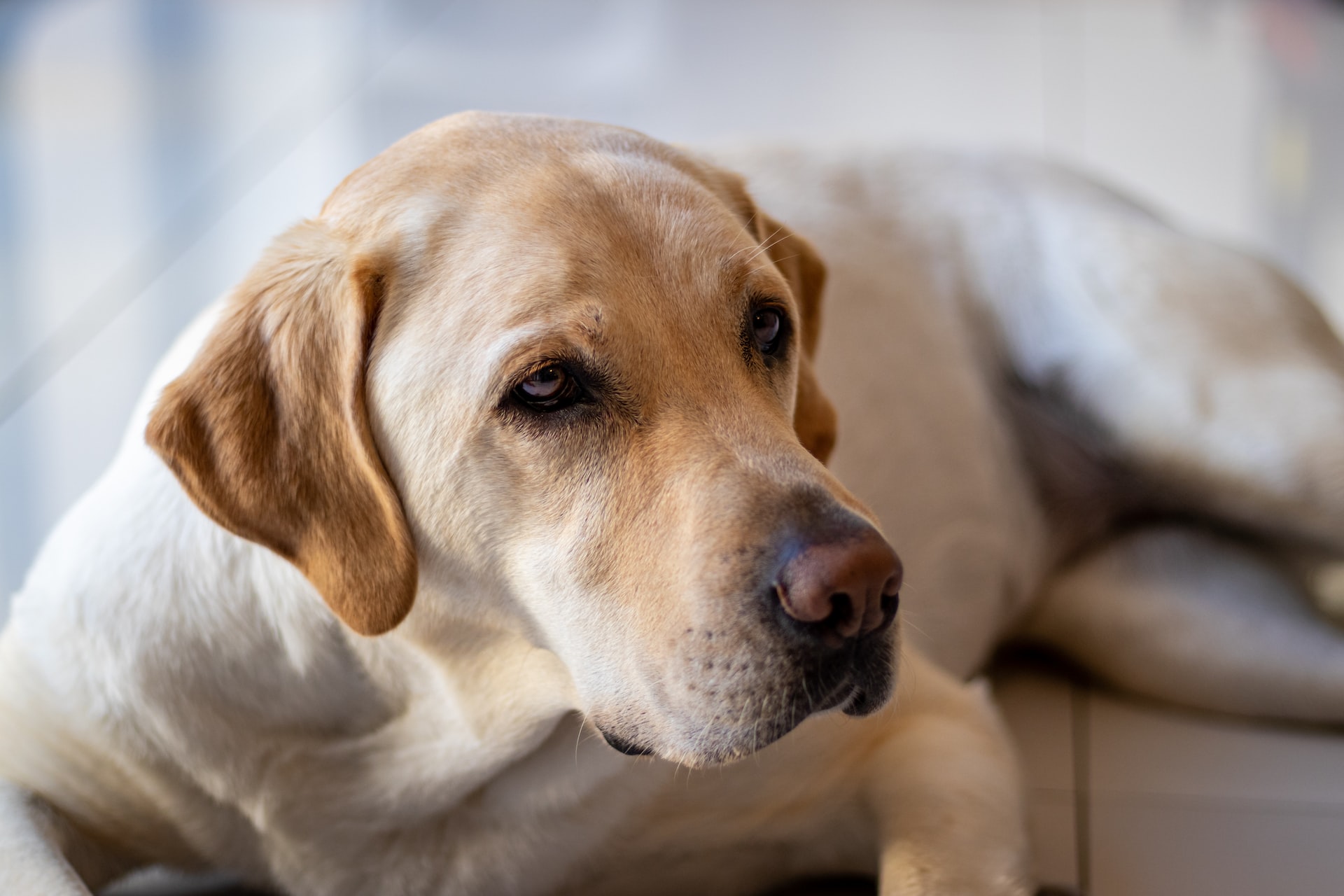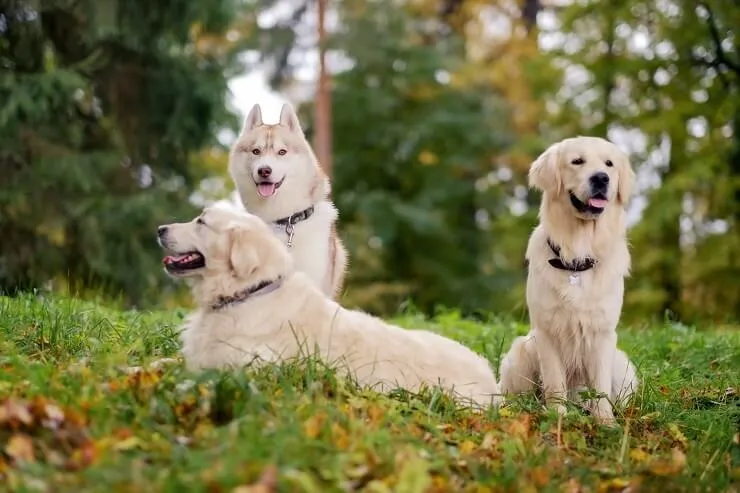
Dogs are known to be lovable, loyal companions who bring joy and happiness into our lives. However, just like humans, our furry friends can also experience anxiety and compulsive disorders. These conditions can significantly affect a dog’s quality of life and may require proper management and support from their owners. In this article, we will delve deeper into the world of canine mental health and provide insights on how to help our beloved pets cope with anxiety and compulsive behaviors.
Understanding the Canine Mind: Anxiety and Compulsive Disorders
Dogs, like humans, have complex emotions and cognitive abilities. They are capable of experiencing a range of emotions, including fear, stress, and even anxiety. Anxiety in dogs is a state of unease or distress caused by a perceived threat or fear-inducing situation. However, when this feeling becomes persistent and uncontrollable, it can lead to a more severe form of anxiety known as an anxiety disorder.
Compulsive disorders, on the other hand, are repetitive and uncontrollable behaviors that have no apparent purpose. These behaviors are often triggered by underlying anxiety or stress and can become a coping mechanism for dogs to relieve their tension. They can manifest in different forms, such as excessive licking, tail chasing, or pacing. Just like with humans, these disorders can be debilitating for dogs and may require intervention.
When Fido Gets Worried: Signs and Symptoms of Anxiety in Dogs

As pet owners, it is essential to be aware of the signs and symptoms of anxiety in our dogs. Some common signs include excessive panting, pacing, trembling, and restlessness. Dogs may also exhibit destructive behaviors, such as chewing or digging, to cope with their anxiety. Other signs can include changes in appetite, avoidance of certain situations, and even aggression.
It is crucial to note that these symptoms may vary from dog to dog, and not all dogs may exhibit the same signs. As pet owners, it is our responsibility to observe our dog’s behavior and seek help if we notice anything concerning. Early detection and intervention can significantly improve a dog’s well-being and prevent the condition from worsening.
Barking Up the Wrong Tree: Common Triggers for Canine Anxiety
Just like humans, dogs can have different triggers that can cause anxiety. Some common triggers include loud noises, such as thunderstorms or fireworks, changes in routine or environment, separation from their owners, and even past traumatic experiences. It is essential to identify these triggers to better understand and manage our dog’s anxiety.
Additionally, dogs are very intuitive and can sense our emotions. Therefore, if we are feeling anxious or stressed, our dogs may pick up on it and become anxious themselves. As pet owners, it is crucial to create a calm and peaceful environment for our dogs to feel safe and secure.
Helping Your Pup Feel at Ease: Tips for Managing Dog Anxiety
When it comes to managing dog anxiety, there is no one-size-fits-all solution. However, there are several things pet owners can do to help their dogs feel more at ease. First and foremost, it is crucial to consult a veterinarian to rule out any underlying medical conditions that may be causing the anxiety. They may also recommend behavior modification techniques, such as desensitization and counterconditioning, to help our dogs cope with their triggers.
Furthermore, creating a safe and comfortable space for our dogs can also help alleviate their anxiety. This can be a designated area in the house where they can retreat to when feeling overwhelmed. Providing them with plenty of exercise and mental stimulation can also help reduce stress and anxiety. Lastly, never punish or scold a dog for their anxious behavior as it can worsen their condition.
When the Tail Won’t Stop Wagging: Unpacking Compulsive Behaviors
Compulsive behaviors in dogs are often a result of underlying anxiety or stress. These behaviors can range from mild to severe, and may even become self-injurious if left untreated. Some common compulsive behaviors in dogs include tail chasing, excessive licking, and repetitive pacing. It is essential to address these behaviors to improve a dog’s quality of life and prevent any potential harm.
From Fetch to Fixation: How to Support Dogs with Compulsive Disorders

Supporting dogs with compulsive disorders requires patience and understanding. It is crucial to identify and address the underlying anxiety or stress that is causing the behaviors. This can be done through behavior modification techniques, such as redirecting the dog’s attention and rewarding calm behavior. Providing them with mental and physical stimulation can also help reduce the frequency of these behaviors.
Additionally, seeking the help of a professional dog trainer or behaviorist can be beneficial in managing compulsive behaviors. They can create a personalized training plan for the dog and provide guidance to the owner on how to handle these behaviors effectively.
As pet owners, it is our responsibility to ensure the overall well-being of our furry companions. By understanding anxiety and compulsive disorders in dogs and implementing proper management techniques, we can help our dogs live happier and healthier life. Remember, with love, patience, and proper support, we can help our dogs overcome their mental health challenges and continue to be our faithful and loving companions.